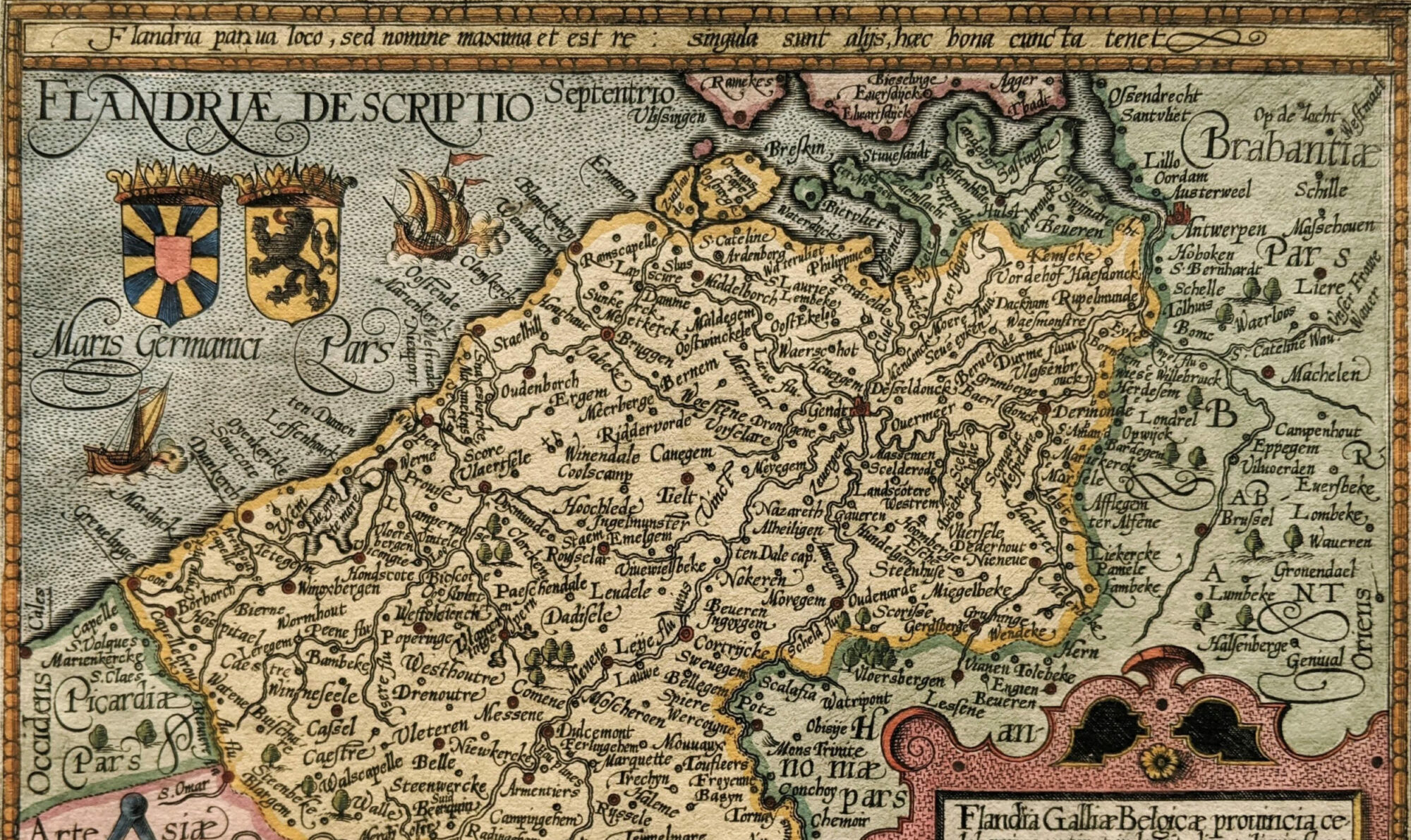Naar aanleiding van de opening van het nieuwe werkjaar, organiseert de VWM naar goede gewoonte de traditionele Pirennelezing. De Pirennelezing zal dit jaar worden gehouden door de gerenommeerde archeoloog prof. dr. em. Martin Carver (University of York, UK). Carver specialiseerde zich in vroegmiddeleeuwse archeologie en geniet internationaal vooral bekendheid als leider van de beroemde opgravingen bij Sutton Hoo. Hij is tevens jaren lang hoofdredacteur geweest van het toonaangevende archeologische tijdschrift Antiquity. Martin Carvers (Engelstalige) lezing draagt de titel ‘Commerce and Cult. Re-inventing the European town in the 5-8th century’ – een korte samenvatting gaat hieronder. Carver zal worden ingeleid door prof. dr. Dries Tys (Vrije Universiteit Brussel).
De Pirennelezing zal plaatsvinden op donderdag 21 november 2013, om 18u in de Sint-Pietersabdij te Gent (in de ‘warmtekamer’). Iedereen is van harte welkom op de receptie die aansluitend op de lezing wordt georganiseerd. De lezing is vrij toegankelijk, ook voor niet-leden. Wij vragen wel dat geïnteresseerden zich voorhand aanmelden via een seintje bij mike.kestemont@ua.ac.be of stefan.meysman@ugent.be.
Annual Pirenne Lecture – Flemish Medievalist Association
Commerce and Cult
Socio-economic initiatives in the 5-8th century
Prof. dr. em. Martin Carver
Pirenne and his many admirers and successors have regarded the Roman-Medieval transition as primarily a historical conundrum explained by economic imperatives. This archaeological study considers the role of cult in attracting and mobilising political and commercial action, introducing the topic with the recent revisions to the Neolithic urban revolution provoked by the discoveries at Göbeckli Tepe, and developing it with three case studies from 5-8th century Europe: Helgö in Sweden, Portmahomack in Scotland and Comacchio in Italy.
The aim is to assess the role of cult sites, whether Christian (ie monasteries) or non-Christian in creating congregational destinations and generating wealth and investment through ‘the salvation industry’. The monastic business-model provides a parallel alternative to the convincingly sketched proto-commercial groups operating along rivers or from creek sites around the northern coasts. Whether merchant-driven or monk-driven, these movements offer a plebian counterpoise to the picture of change as inexorably controlled by the landowning elite.
Proposing that belief systems provide an engine driving both commercial and imperial ambition is not intended to offer a blanket explanation. Rather, it intends to give the archaeological agenda a push in the broader direction of investigating the role of cult in the revival of commerce. The monumental map of Europe in 5-8th century hints strongly at the competitive expression by different communities of “the right way forward” in which all kinds of initiative were on the table, rooted in belief but emerging as political action.

Reacties zijn gesloten.